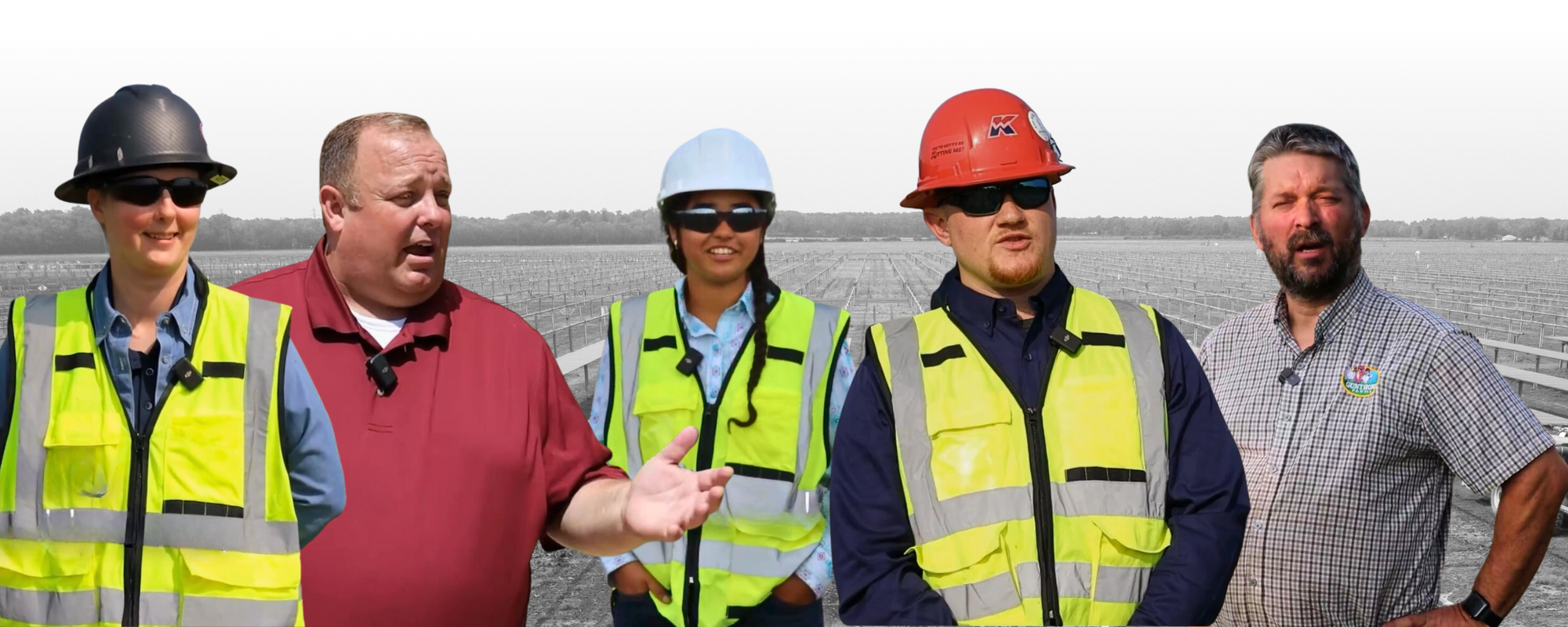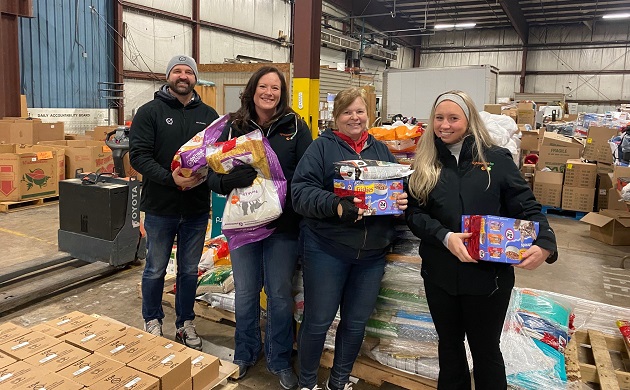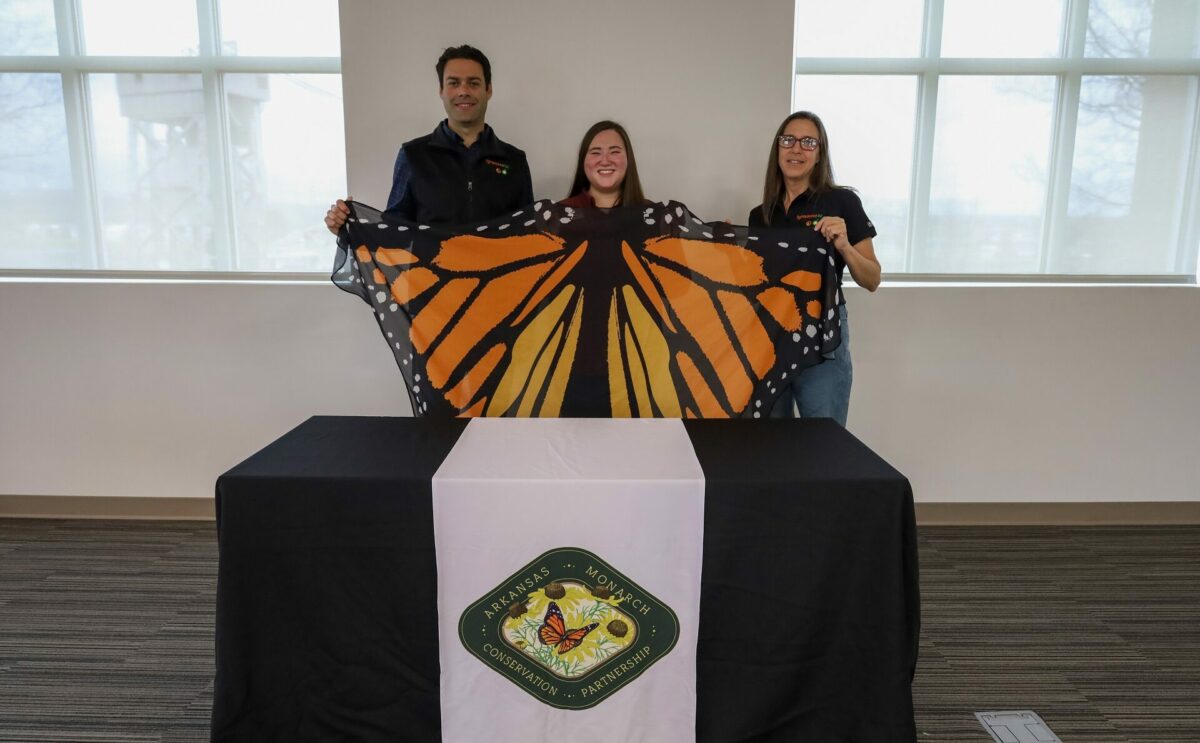Indiana locals raise their voices
Utility-scale solar benefits the Hoosier economy
Job training, tax revenue, income for rural landowners—there are so many ways that solar development drives economic development in project communities.
Local officials wanted to bring these benefits to St. Joseph County, Indiana, home to Notre Dame University and the city of South Bend. The local government proactively developed a solar ordinance to guide utility-scale solar projects to the area. When Lightsource bp proposed Honeysuckle Solar, these officials were eager to work with us to bring the project to life. We partnered with a variety of stakeholders to design a project that would maximize the positive, tangible impacts for community members, like those featured in the videos below.
Career development for community members
In their agreement with St. Joseph County, Lightsource bp made a commitment to filling at least 75% of the 200 jobs created during construction with workers hired from St. Joseph and the adjacent counties. Our local contractor Inovateus Solar, local subcontractor Koontz-Wagner Services and three local unions worked hard to hire local labor. In the end, more than 80% of the construction workers are local community members.
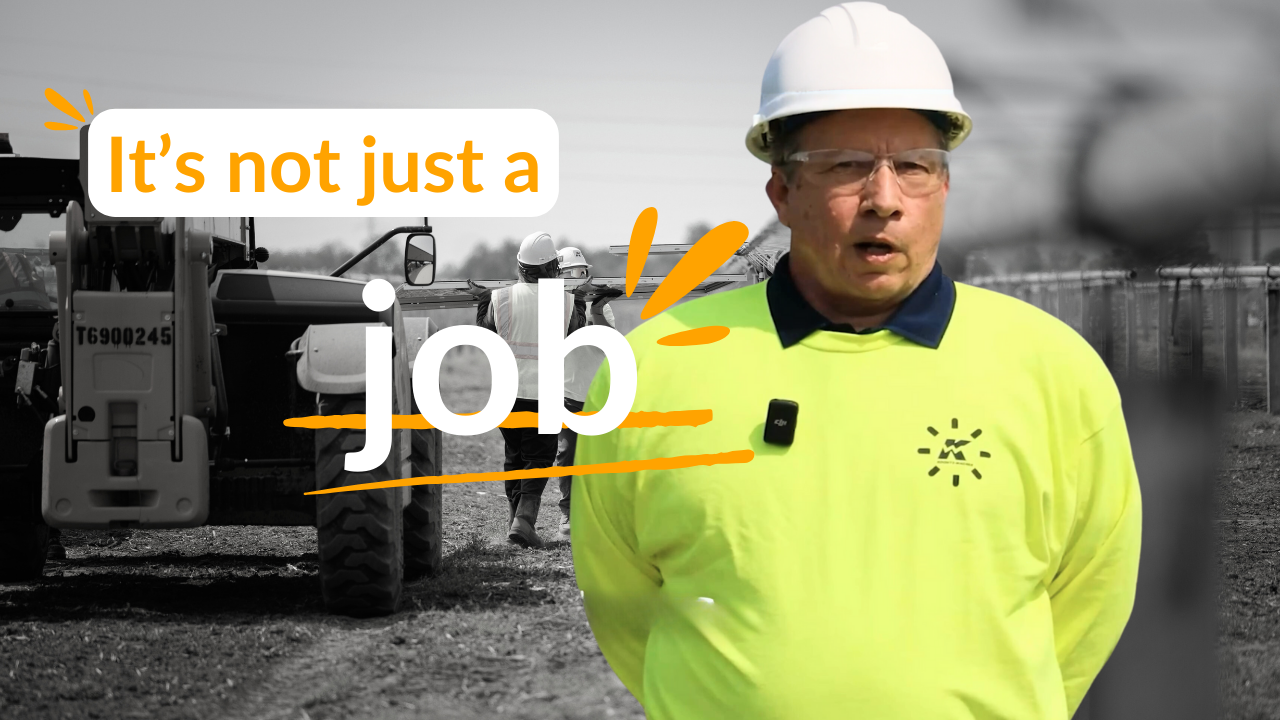
Union representative Carl Schafer on job opportunities for local workers
Many of these workers are young, entry-level employees who are brand new to the construction industry. For some, helping build the solar farm is their first job out of high school! These folks are gaining hands-on experience while earning good pay that they can take home to their families living nearby.
“I think the important thing is that they learn that it’s not just a job,” said Carl Schafer, a business representative from IBEW Local 153, one of the unions represented on the site. “There’s opportunity to improve yourself and to make yourself into a tradesperson that can really have a 30- or 40-year career.”

Construction manager Evan Lichtenwalter on the value of union apprenticeships
In addition to IBEW Local 153, unions participating in the Honeysuckle Solar project include IUOE Local 150, and LiUNA Local 645. Some of the people working on-site are enrolled in or planning to enroll in union apprenticeships. These are “earn-while-you-learn” programs where they receive classroom instruction and on-the-job training to become specialized career tradespeople.
Evan Lichtenwalter is a Marine Corps veteran who made his way into solar via the IBEW apprenticeship. He and his young family live just 3 miles from the Honeysuckle site, where he works as a senior project manager.

Three women speak about their experiences working on the Honeysuckle Solar construction site
Another former IBEW apprentice, Jillian Kelly, said that more women work at Honeysuckle than she’s seen on any other job site in her 12-year career. With a 13% female team, Honeysuckle employs more than three times the construction industry average of 4% women workers.
“It’s encouraging to see all the young women coming up through the program and wanting to get into the apprenticeship and wanting to learn,” Jillian said.
Bringing new investments into the community
Solar development brings new money to communities. Honeysuckle, for example, is a $250 million private investment in modern, home-grown energy infrastructure for Indiana. Property taxes from Honeysuckle will grow the local tax base, creating an additional $30 million in revenue for schools and other public services over the project life, without increasing the burden on the taxpayers.
There’s a ripple effect beyond the solar farm itself, too. Businesses are increasingly looking to come to communities where renewable energy is available. Utility-scale solar projects help attract new industry to communities by providing clean, reliable and low-cost power to the local energy mix.
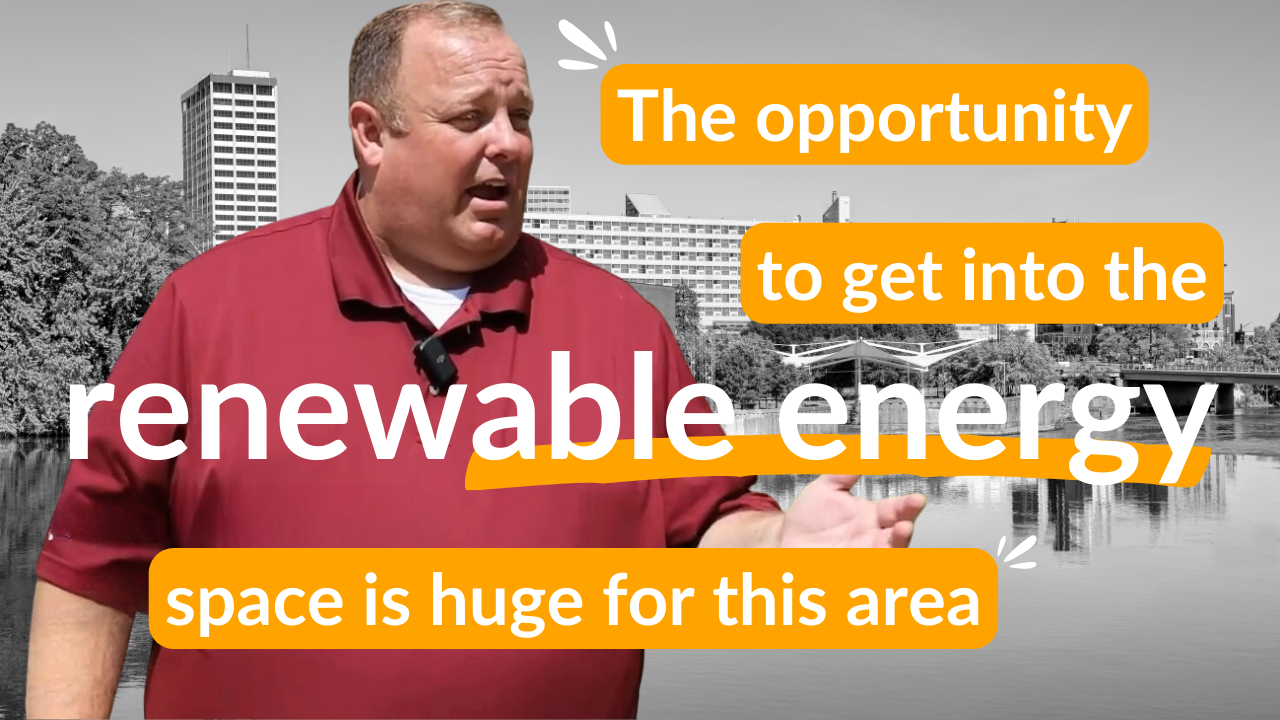
Economic Development Director Bill Schalliol on Honeysuckle Solar driving community investment
For example, General Motors and Samsung are making a huge new investment in New Carlisle, Indiana, with a $3 billion EV battery plant announced near Honeysuckle Solar.
“That project really was helped by the fact that the Honeysuckle project was just 2.5 miles up the road,” said Bill Schalliol, Executive Director of Economic Development for St. Joseph County. “As they looked at ways they could have green, renewable energy sources that could power their site, that was a real attractive piece.”
The plant will create 1,700 jobs in the area when production begins in 2026. In the meantime, it’s employing more than 1,000 people during construction, supported by a local workforce strengthened on the solar field. We hope to see many of hundreds of locals who worked on Honeysuckle using their training and continuing their construction careers by working on this project next!
New revenue for family farms
Solar is a new kind of “crop” for America’s farmers and landowners. Allocating a portion of land to lease for a solar farm opens up a diversified and dependable income stream. The Honeysuckle Solar project is built on land leased from family farmers, who will receive predictable, long-term revenue from lease payments, preserving their land for future generations.
But solar farms can grow more than electricity. Agrivoltaics (agriculture + “photovoltaics”) places crops or livestock underneath and between rows of solar panels. At Honeysuckle Solar, we are forming partnerships to have sheep grazing and beekeeping at the solar farm.

Greg Gunthorp and his family have been raising sheep and other livestock on their Indiana farm for decades. In the future, they plan to move their sheep to Honeysuckle Solar. The sheep will eat the plants growing under and around the solar panels, helping “mow the lawn” as they graze. Gunthorp farm will earn revenue from this service as a maintenance contractor with Lightsource bp, on top of what he earns from the sheep products he sells on the market.
In addition to being paid to graze the solar site, Greg and his family will be able to produce more on their home farm as well. Moving the sheep will free up nearly 200 acres of former pastureland for additional crops and livestock.
“It’s just a huge, huge opportunity and it’s going to drastically change the economics of our farm,” Greg said.
More stories from solar communities
06 Nov, 2023
Celebrating inclusive play for all: Our support for Everyone’s Playground
See photos and more from the ribbon cutting event!
07 Feb, 2023
Solar farm, safe haven: Monarch butterflies to find crucial habitat at Conway Solar
Arkansas Monarch Conservation Partnership

